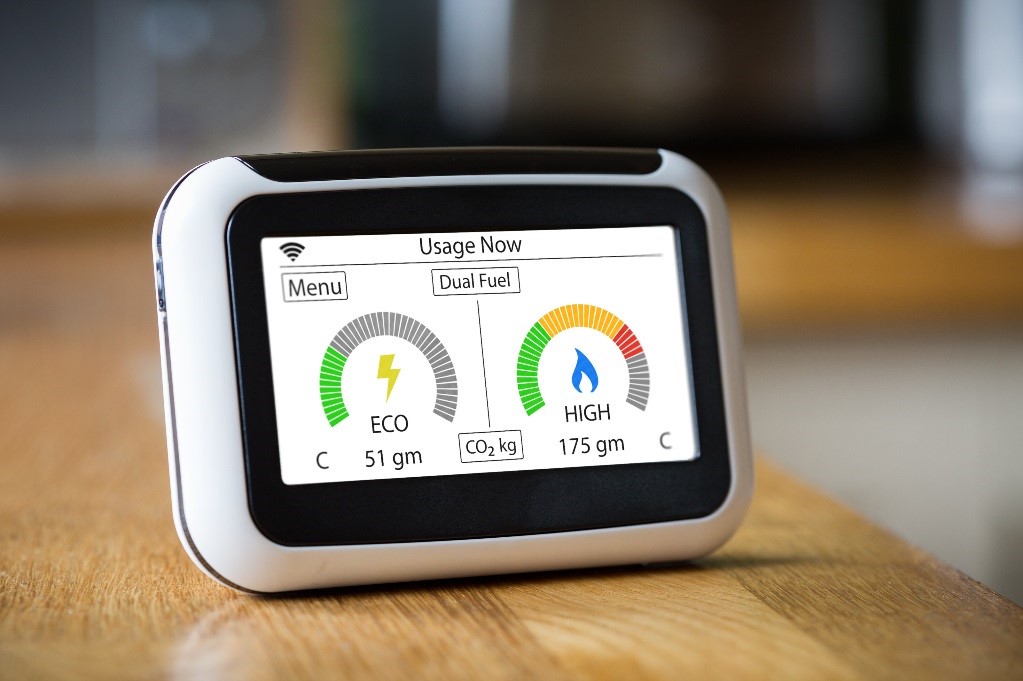The role of pumps in critical fluidic applications, and how one pump achieves an extraordinary long service life
13/08/2018 4:40 pm
Microfluidics has played a starring role in the development of many of today's modern technologies. Without the ability to process microscale quantities of fluid or gas, some of the world’s most critical innovations would never have come to fruition.
The application of microfluidics in some critical gas applications is so important that successful execution and design of these systems can be a matter of life or death. And within these assemblies, the micropump is one of the most critical components.
When designing these systems, selecting the pump is one of the most crucial choices facing the design engineer. Knowing the limitations of pumps and why they fail provides valuable insight which can assist in the selection process, so that you can get to prototyping sooner.
Why do micropumps fail?
The most common style of pump used in life science applications is a diaphragm pump. As you may expect, the main cause of failure is the deterioration of the diaphragm – the pump’s most critical component.
Most common diaphragm micropumps have a rated life of 5,000 hours or less. Chemical compatibility, performance limitations, temperature, the operating environment and changes in pressure all contribute to performance deterioration and eventually pump failure.
Exacerbating this is the fact that most diaphragm-style micropumps are plug and play, which means they don’t have the capacity to compensate for deteriorating performance once the internal components start to worsen.
When a diaphragm begins to wear, small changes in output flows and pressures begin to effect the performance of the pump, even if the pump itself seems to continue to operate normally. If the pump can’t perform its required function, the entire system can very quickly begin to generate unreliable results.
To highlight the drastic effects an inaccurate pump can have, we’ve highlighted three applications where reliable pump performance is critical.
3 microfluidic processes where pump performance is non-negotiable
The importance of the micropumps in the following processes extends beyond the ordinary. Successful design, execution and operation of these systems can be a matter of life and death.
1. Environmental Monitoring
Microfluidic systems are essential to the functionality of gas monitoring equipment. To perform correctly, the designer must ensure the internal pump provides a consistent sample volume to the analysers to measure minute changes in gas composition.
When pump performance begins to degrade, operators have the choice of replacing the pump or continuous recalibration – both costing significant time and money. In either case, this is cumbersome for the operator, particularly if the system is used in a remote location where access is difficult.
As mining and manufacturing companies become more focused on improved health and employee safety standards, CO2 monitoring equipment is becoming much more common for above and below ground environments. Although workers are operating machinery, it's the micropump in the monitors which are looking after their long-term health.

Micropumps are critical components of CO2 monitoring assemblies.
2. Drug dispensing
If a micropump were to fail whilst being used in a medical application, not only can the system provide invalid results, there is the potential to cause serious injury or even kill.
Consider the use of micropumps in methadone treatment injecting rooms. In this case, micropumps play a critical role in dispensing the exact quantity of methadone for treatment of heroin addiction. If a micropump were to fail or deteriorate, it can cause inaccurate doses of methadone to be given, and ultimately lead to patient coma or death in the case of an overdose.
3. The ultimate long-life application: the "ISS"
The International Space Station (ISS) is perhaps the most performance critical environment known to human kind. The cost of failure or associated repairs makes failure simply not an option.
There are dozens of experiments currently being conducted aboard the International Space Station with many involving the use of precision fluidics. Some examples include genome assembly and DNA sequencing, Lab-on-a-chip biological and chemical testing systems, microfluidic biomedical diagnostic equipment, and 3D printing technologies.
Given the difficulty involved in transporting components to the International Space Station – and the impact that these tests have on the development of technology around the world – it is critical that micropump performance is 100% reliable in these challenging environments across the life of the project.
The pump of choice when failure is unacceptable
For critical applications where performance and reliability are of paramount importance, we recommend the Xavitech range of miniature programmable diaphragm pumps as a first consideration. This is because they provide:
- Incomparable longevity – A lifespan of 35,000+ hours, the longest of any micropump on the market.
- Efficient energy use – Precise actuation, to reduce wear to the diaphragm and contribute to longevity.
- Programmability – Adjustable pump output tailored to the application, so you can calibrate flow according to the exact needs of any application even under variable conditions.
These unique features mean that the Xavitech microumps are ideally suited to applications where long life is critical, and consistent performance is essential.

Xavitech’s range of micropumps is on-board the International Space Station.
Engage with experts at the design phase
VFV is the proud supplier of Xavitech micropumps for Australia and New Zealand, and our staff are ready to discuss your next fluidics project. We have samples available for prototyping purposes, and have accessories such as valves, tubing and fittings to make installation simple.
We also stock and supply the extremely popular Parker Precision Fluidics range, Oina Peristaltic Pumps and BioChem Fluidics Dispensing Pumps.
If you would like to find out more about the Xavitech range of micropumps – or any of our alternative product ranges – and how they can be integrated into your microfluidic system, then the team at VFV are well qualified to support your business from system design to ongoing supply.
Contact us today on +61 3 9873 1400 to discuss your application.
Jonathan Barlow
You must be logged in to post a comment.
click here to log in
